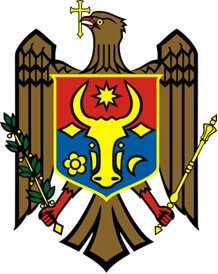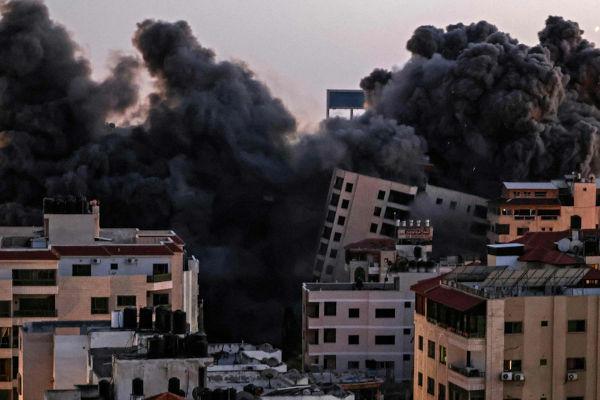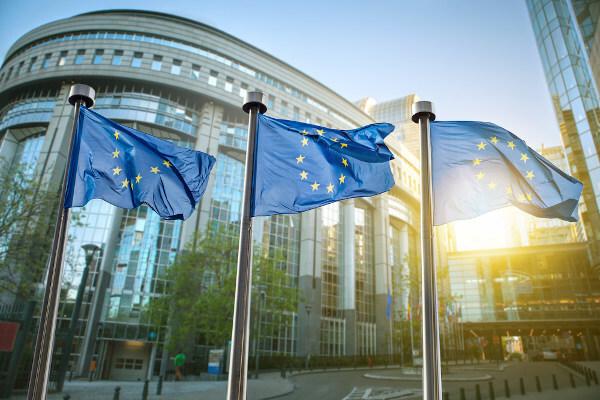Located in Eastern Europe, Moldova borders Romania (to the west) and Ukraine (to the north, east and south). From the 15th century onwards, the country came under the control of feudal lords from Hungary, Lithuania, Romania and Turkey. However, in 1812, Russia came to exercise dominance in the region.
In 1918, Moldova was integrated into Romania, but Russia reconquered the territory in 1940. National independence was only achieved in August 1991, after the fragmentation of the Union of Soviet Socialist Republics (USSR). At first there was a reunification movement with Romania, however a referendum held in March 1994 established independence. country, which became part of the Commonwealth of Independent States (CIS) - a group formed by Russia and the former nations that made up the USSR
After the declaration of independence, Moldova faced two strong separatist movements in its territory: in the region of Transnistria (east of the Dniester River), inhabited by Russians and Ukrainians, as well as a claim to autonomy by the Turkish-speaking Christian minority of Gagaúzia (south).
Currently (2010), Moldova is among the least developed countries in Europe, as its Human Development Index (HDI) is the lowest on the continent: 0.623. Moldova is a little industrialized country, with agriculture and livestock farming being the main economic activities of the country, in particular the cultivation of grapes (the country has renowned wineries International). The nation is also home to small reserves of oil and natural gas, which are underexploited.
Do not stop now... There's more after the advertising ;)

Coat of Arms of Moldova
Moldova data:
Territorial extension: 33,700 km².
Location: Europe.
Capital: Chisinau.
Climate: Temperate continental.
Government: Republic with mixed form of government.
Administrative division: 33 districts, 2 municipalities and 2 autonomous regions (Gagaúzia and Transdnistria).
Languages: Romanian (official), Russian.
Religions: Christianity 69.4% (Orthodox 48.7%, independent 16.4%, others 4.3%), no religion 19.9%, Islam 5.5%, atheism 4.1%, Judaism 1.1 %.
Population: 3,603,506 inhabitants. (Men: 1,711,611; Women: 1,891,895).
Composition: 65% Romanians, 14% Ukrainians, 13% Russians, 4% Gagaúzes, 4% others.
Demographic density: 107 inhabitants/km².
Average annual population growth rate: - 1%.
Population residing in urban areas: 41.43%.
Population residing in rural areas: 58.57%.
Undernourished population: less than 5%.
Life expectancy at birth: 68.6 years.
Households with access to drinking water: 90%.
Households with access to a health network: 79%.
Human Development Index (HDI): 0.623 (average).
Currency: Moldovan Leu.
Gross Domestic Product (GDP): $6 billion.
GDP per capita: $1,158.
External relations: World Bank, CIS, IMF, WTO, UN.
By Wagner de Cerqueira and Francisco
Graduated in Geography
Brazil School Team
countries - geography - Brazil School


